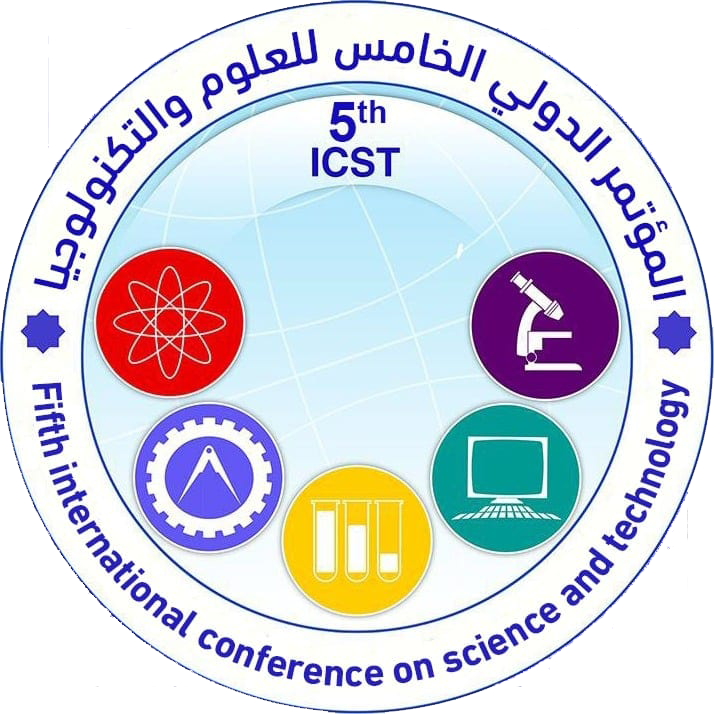Inter-Ethnic Interactions in Urban Public Space: The Malaysian Experience
Abstract
Social interaction entails communal experiences between people during their daily activities. People from different ethnic backgrounds in Malaysia namely the Malays, Chinese and Indians spend their leisure time in an urban square, which offers opportunities for social interaction among three ethnic groups. However, how are public spaces utilised for leisure by people from different multi-ethnic backgrounds? Does the variety of attributes in public spaces attract people from a different background? The current aim of this research sets to establish properties and attributes of urban square characteristics such as the quality of daily activities that contribute to inter-ethnic social interactions among users in urban civic spaces. The study focused on constructing indices on how daily activity attributes, and how to investigate the diversity amongst the three ethnic groups on how the urban public space is perceived. A total of 140 questionnaires were administered to measure how the public square users perceived public space use in Batu Pahat town, Malaysia Peninsular. The analysis was facilitated through analytic tool of the Rasch Model. The study revealed that the Malays use urban squares more than Indians and Chinese. Consequently, this affects the level of the Malays social interaction among others. While on the other hand, for square activities reflecting Chinese and Indian culture makes the urban square less attractive to the Chinese and Indians. It suggests that the environmental attribute quality of the square should be improved to attract social interaction amongst the three ethnic groups.
Full text article
Authors
Copyright (c) 2022 Journal of Pure & Applied Sciences

This work is licensed under a Creative Commons Attribution 4.0 International License.
In a brief statement, the rights relate to the publication and distribution of research published in the journal of the University of Sebha where authors who have published their articles in the journal of the university of Sebha should how they can use or distribute their articles. They reserve all their rights to the published works, such as (but not limited to) the following rights:
- Copyright and other property rights related to the article, such as patent rights.
- Research published in the journal of the University of Sebha and used in its future works, including lectures and books, the right to reproduce articles for their own purposes, and the right to self-archive their articles.
- The right to enter a separate article, or for a non-exclusive distribution of their article with an acknowledgment of its initial publication in the journal of Sebha University.
Privacy Statement The names and e-mail addresses entered on the Sabha University Journal site will be used for the aforementioned purposes only and for which they were used.





